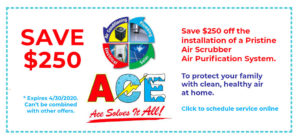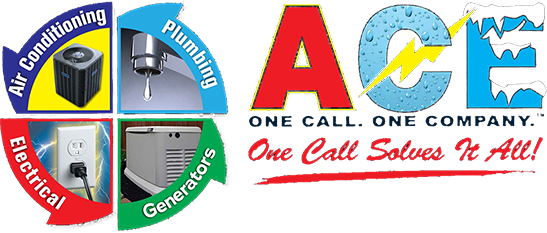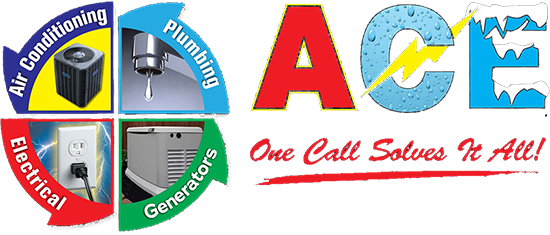Irritated eyes, a scratchy throat, and even a headache can be signs of an allergy, but they also can just as easily be clues that your home has poor indoor air quality. It’s often caused by the lack of fresh outdoor air, or by contaminants in the air recirculated throughout your home.
This is more likely to happen if you have a newer home, which benefits from more stringent building procedures that insulate better but allow for less air movement. Today’s homeowners have a variety of solutions to improve indoor air quality, but many of us struggle to understand the difference between two main types. We can choose between air purifiers or air filters – but they’re not the same thing. Here’s what you need to know.
Air filters
You might also hear these called air cleaners, and you already have this system in place if you’ve got a forced air heating and cooling system. These are the air filters you are supposed to regularly inspect and replace. They’re designed to help keep your HVAC ducts clean and allow the system to run more efficiently.
These air filters work by capturing and reducing airborne particles like dust and dander – major contributors to poor indoor air quality – from being recirculated through your home via your HVAC system ducts.
It might be time to bring in an indoor air quality expert to upgrade the type of air filter you use if you suspect that this may be the cause of your family’s discomfort. Not all filters remove the same or even all types of contaminants from the air.
Many homeowners find better relief by switching to HEPA air filters, which are capable of capturing up to 99.97 percent of the contaminants in the air. These particles can be as small as 0.3 microns in size. HEPA filters go beyond capturing dust particles. They can capture and remove bacteria, too.
Air purifiers
Air filter systems may not be enough to provide relief for some of the more sensitive members of your family. These systems remove dust particles and dander, but they’re unable to capture or disable anything that falls below 0.3 microns in size – such as most viruses, mold and mildew, and airborne chemicals.
To go after these irritants, we need to turn to an air purifying system, which is designed to sanitize the air. Air purifiers use a variety of sanitizing processes, including ozone, ultraviolet light, and even heat.
Air purification systems can be added to your home’s HVAC system, or they can be stand-alone devices found in each room. Ultraviolet or UV systems are gaining in popularity because they’re extremely efficient at killing bacteria, molds and even fungus.
How do you decide?
The only way to be certain about what’s causing your “itchy scratchies” and make the right choice to improve indoor air quality is to schedule a comprehensive indoor air quality test. With this information, we can help you decide on the right systems and services to help your family breathe easier.
 Take advantage of our special offer on Pristine Air Scrubber Air Purification System and get $250 off the cost of installation when you order between now and April 30, 2020.
Take advantage of our special offer on Pristine Air Scrubber Air Purification System and get $250 off the cost of installation when you order between now and April 30, 2020.
Click here for more information and to take advantage of this offer today!


